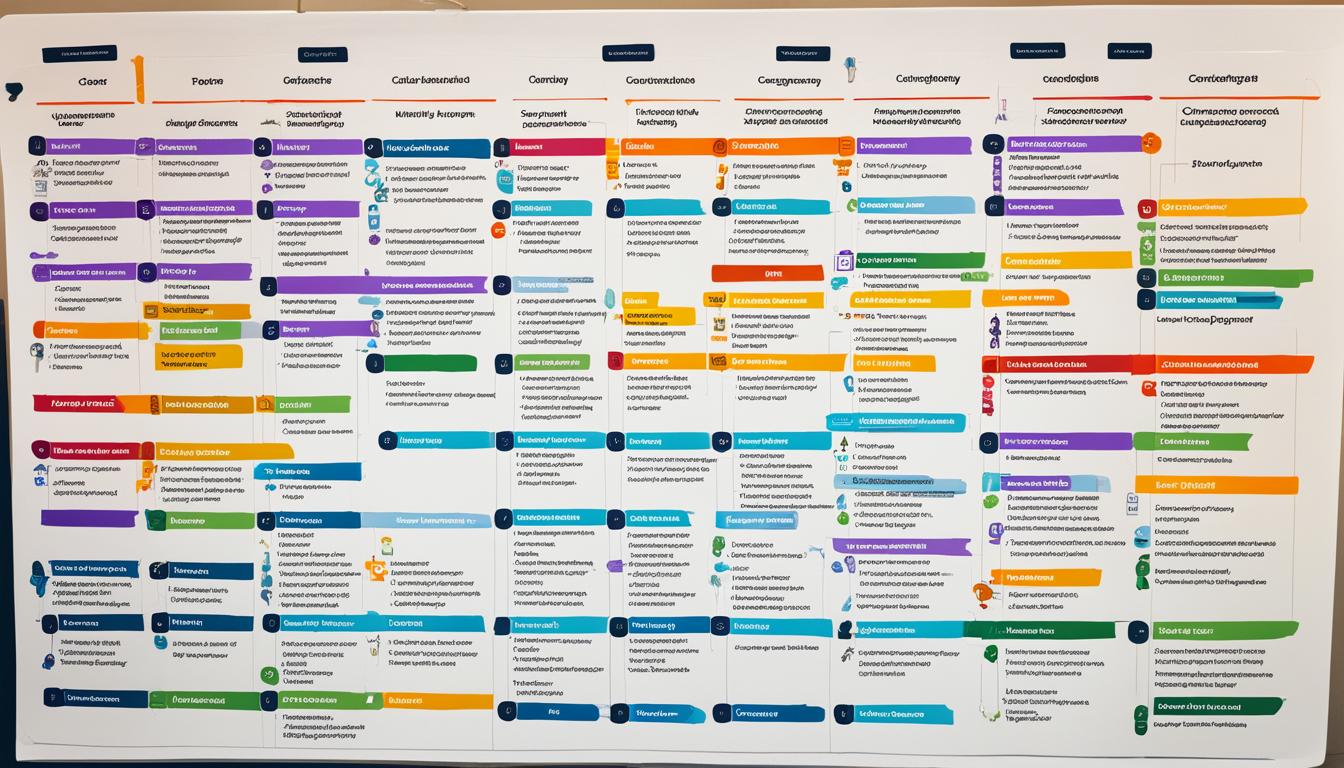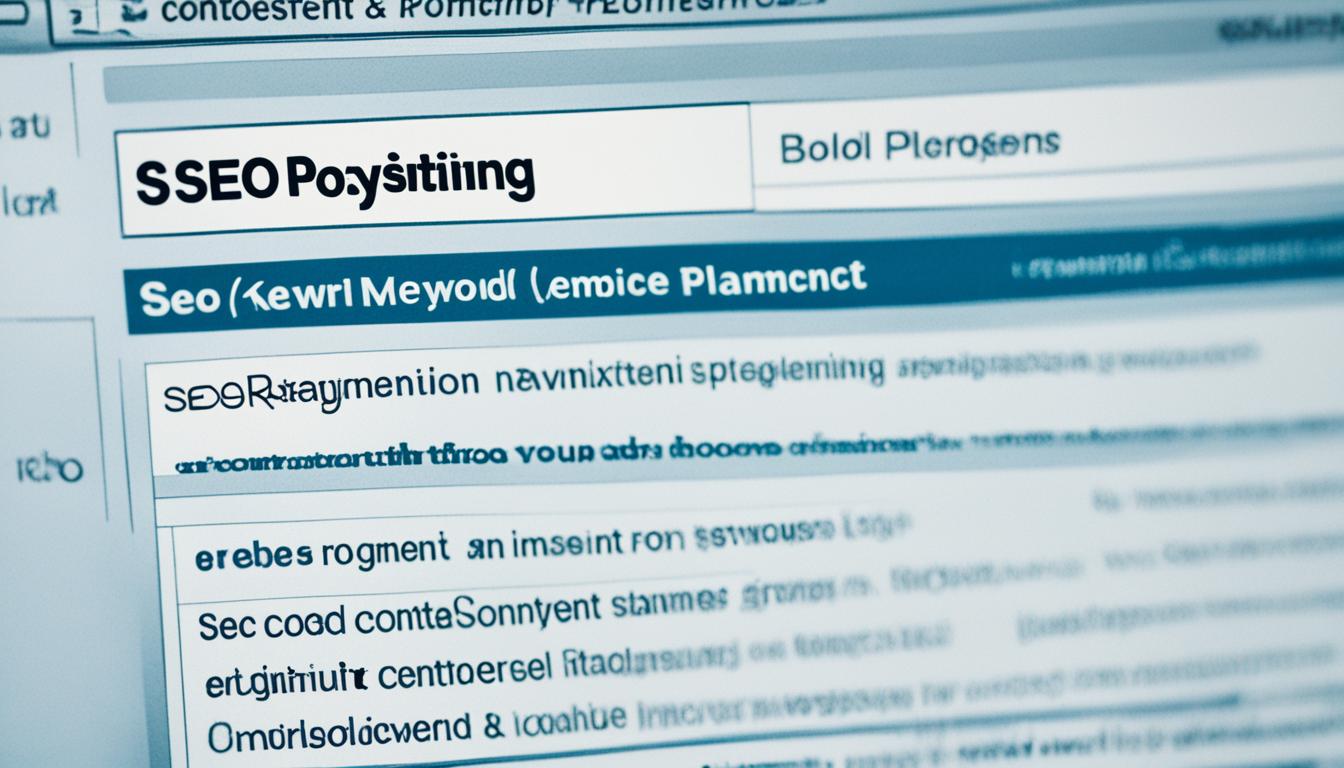
Excited to share the ultimate guide for SEO in blog posts. In today's digital era, optimizing blog content is vital for impact. By using effective SEO strategies, enhance visibility, attract your audience, and drive organic traffic.
SEO writing involves keyword research, creating top-notch content, and optimizing elements for high rankings on search pages. Without SEO, your content stays hidden online, reducing visibility and reach.
In this guide, we'll explore best practices for optimizing blog posts. From understanding user intent to keyword usage, learn to create standout, SEO-friendly content.
Let's dive in and unlock the secrets to maximize your impact through SEO for blog posts.
Key Takeaways:
– SEO writing involves finding keywords and creating good content for users.
– If you don't use SEO, your blog might not rank well on search engines and won't be seen.
– Knowing keywords and what users want is important for getting more views.
– Making your blog easy to read and relevant to history also helps engagement.
– Using SEO tactics like optimizing titles and descriptions can help your blog get seen and ranked better.
Tips for Effective SEO Writing
To boost your blog's visibility on search engines, follow these tips:
- Research keywords your audience searches.
- Use these keywords in your content.
- Organize with headings and relevant keywords.
- Optimize for featured snippets by answering FAQs.
- Write for people, not just search engines.
- Create compelling content for your audience.
- Quality content attracts readers, increasing traffic.
Also, keep title tags and meta descriptions concise with relevant keywords. Use alt text for accessible images.
Avoid keyword stuffing; use keywords naturally. Link to credible sites. Engage with scannable, comprehensive posts. Internal links help search engines and keep readers interested.
Bonus tip: compress images for faster loading, improving user experience and lowering bounce rates. Build links for better website authority and search rankings.

Table: SEO Writing Best Practices
| Best Practices | Benefits |
|---|---|
| Thorough keyword research | Improved search engine rankings |
| Incorporating keywords in headings | Enhanced SEO optimization |
| Optimizing for featured snippets | Increase visibility and click-through rates |
| Focusing on valuable content | Increased reader engagement and organic traffic |
| Optimizing title tags and meta descriptions | Better visibility in search results |
| Adding alt text to images | Improved accessibility and user experience |
| Avoiding keyword stuffing | Maintaining favorable search engine rankings |
| Linking to high-authority websites | Enhanced credibility and reader trust |
| Utilizing internal linking | Encouraging longer site visits and discovery of more content |
| Compressing images for fast page load speed | Improved user experience and reduced bounce rates |
| Developing a link-building strategy | Increased website authority and visibility |
By following these tips and incorporating SEO best practices into your writing, you can optimize your blog posts for better search engine visibility and attract a larger audience to your website.
Conclusion
FAQ
What is SEO writing?
SEO writing is the process of writing content to rank on the first page of search engines like Google. It involves researching keywords, writing high-quality content that matches user intent, and optimizing headers for easy page crawling.
Why is SEO writing important?
How can I optimize my content for SEO?
What is user intent?
User intent refers to the purpose behind a user's search query. Understanding user intent helps in creating content that aligns with what people are looking for, increasing the chances of ranking higher on search engine results pages.
Why is readability important in SEO writing?
Readability is crucial to ensure an enjoyable and valuable reading experience for readers. Writing in a clear and concise manner helps keep readers engaged and encourages them to stay on your page longer, which can positively impact your search engine rankings.
What is historical optimization?
How can I improve my blog's SEO?
Boost your blog's SEO by optimizing titles, meta descriptions, and URLs with relevant keywords in character limits. Add visuals like images with alt text for better user experience. Use internal links to help readers explore more. Speed up page load by compressing images. Build links to increase website authority.











